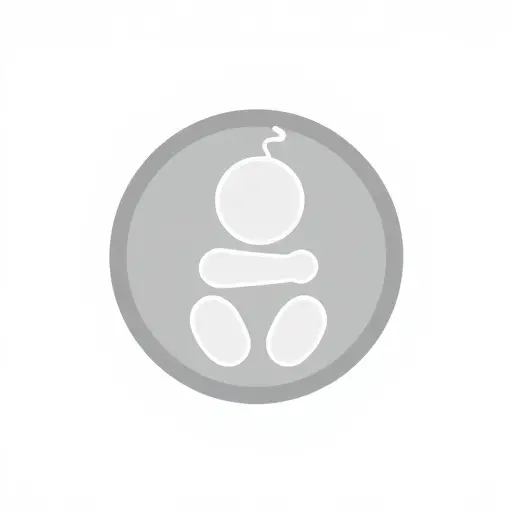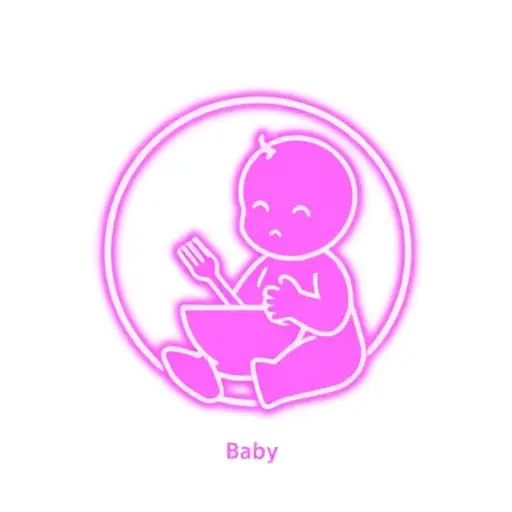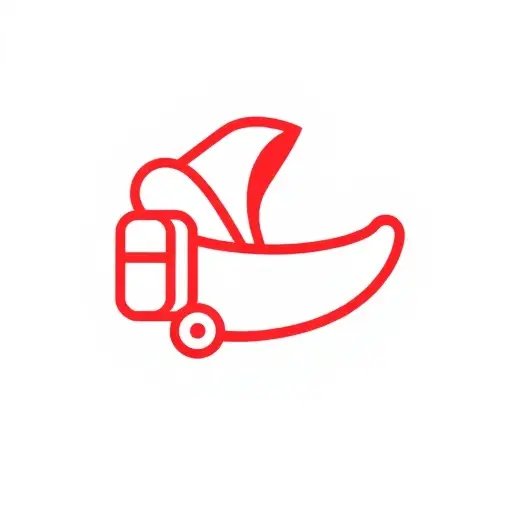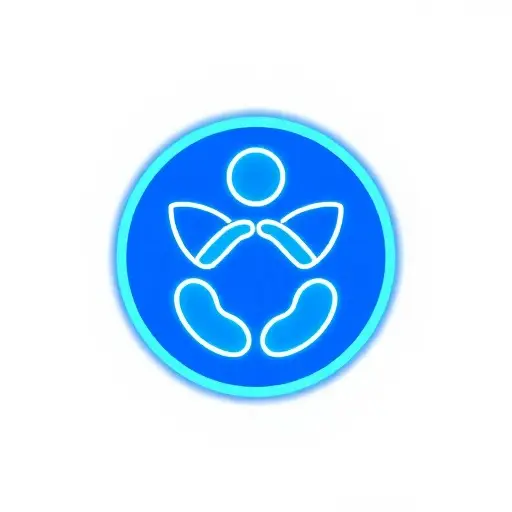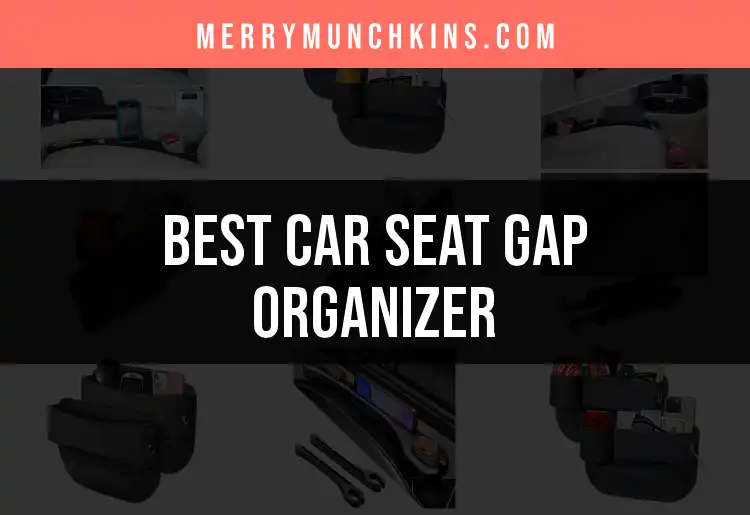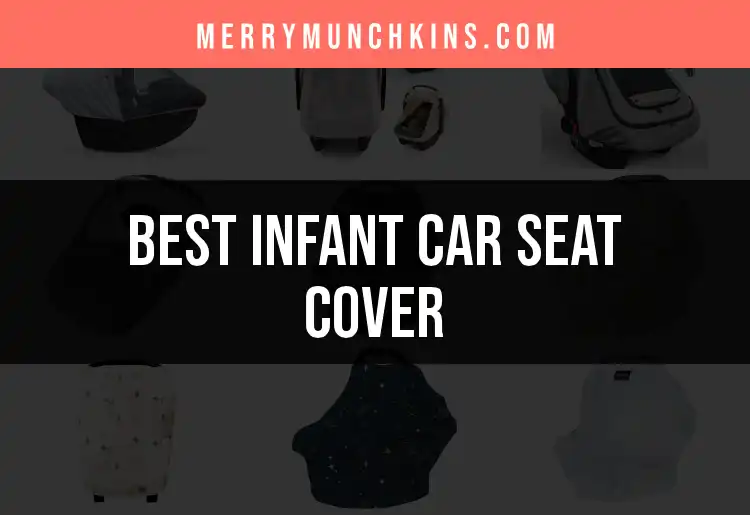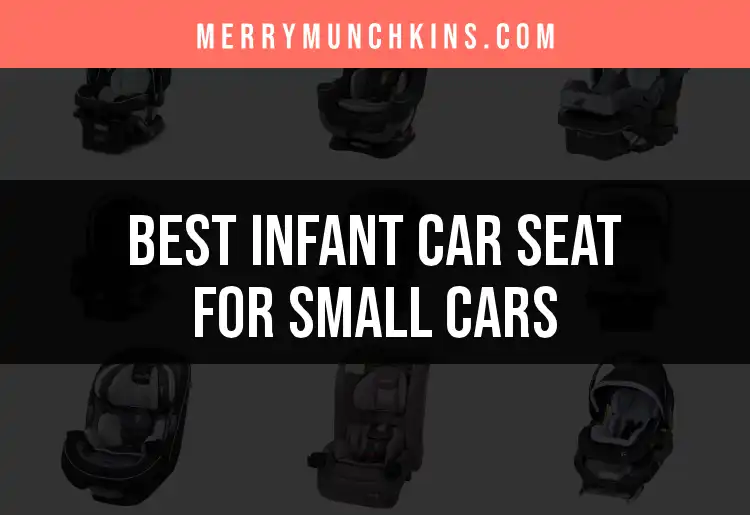Introduction to Baby Safety
Ensuring a baby's safety is one of the most important and persistent concerns for parents and caregivers. Understanding the nuances of infant safety is not just about protecting your child from obvious hazards, but involves creating a secure environment where they can grow, explore, and develop with minimal risk. From travel and sleep to everyday equipment, this comprehensive guide covers the essential elements needed for safer baby care.
Car Seat Safety
Choosing the Right Car Seat for Your Baby
Selecting a car seat is not a one-size-fits-all endeavor. Parents should familiarize themselves with the different types available.
Types of Car Seats
- Infant Car Seats are designed for newborns and small babies, typically up to 22-35 pounds.
- Convertible Car Seats can transition from rear-facing to forward-facing as your child grows.
- Booster Seats give older children the height they need for seat belts to fit properly.
Pay attention to age, height, and weight recommendations from both the manufacturer and safety experts.
Safety Certifications and Standards
Always ensure any seat you purchase meets the latest federal safety standards, such as FMVSS 213 in the US. Look for labels and documentation confirming compliance.
Factors to Consider
- Vehicle compatibility
- Ease of installation
- Adjustability for growth
- Side-impact protection
Proper Installation of Car Seats
Installation is as vital as the seat itself. Every car seat, no matter how safe, is only effective if correctly installed.
Vehicle Seat Belt vs. LATCH System
Modern vehicles offer the LATCH (Lower Anchors and Tethers for Children) system to ease installation, but it's acceptable to use the seat belt if LATCH is unavailable or the combined weight limit is exceeded.
Common Installation Mistakes
- Loose installation (the seat should not move more than an inch side to side)
- Incorrect harness placement (shoulder harness at or below shoulders for rear-facing)
- Failing to use the top tether for forward-facing seats
Securing the Fit
Always do a "pinch test" on the harness—if you can pinch the strap material, it’s too loose.
Enhancing Car Seat Safety with Accessories
Car Seat Protectors for Car Seats
Car seat protectors can safeguard your vehicle's upholstery from spills and indentations but it's crucial to choose the right one.
- Only use protectors permitted by your car seat’s manufacturer.
- Look for slip-resistant material and a design that doesn’t interfere with the car seat’s installation.
For a curated review of top products, see the best-rated car seat protectors for safeguarding seats.
Infant Inserts for Car Seats
Infant inserts help provide newborns with the support and snugness car seats need for small bodies.
- Always confirm the insert is compatible with your specific car seat model.
- Follow instructions carefully to avoid creating suffocation hazards.
For comprehensive advice on choosing and using them, visit our guide to selecting the ideal infant insert for maximum safety.
Safety Tips for Car Travel
- Always double-check that the seat is securely installed for every trip.
- Monitor the car’s temperature—babies are more prone to overheating.
- Never leave a child unattended, even briefly.
Sleep Safety
Safe Sleeping Environments
The sleeping environment can dramatically reduce the risk of sudden infant death syndrome (SIDS) and suffocation.
Sleep Surfaces and Mattress Standards
Use a firm mattress sized to fit snugly in the crib, with no gaps. Certified products help ensure compliance with safety standards.
Safe Bedding
- Avoid pillows, heavy blankets, and crib bumpers.
- Use a fitted sheet, and dress your baby in a wearable blanket or sleep sack.
Bed Rails for Co-Sleeping Arrangements
Co-sleeping can foster bonding but raises safety concerns if not managed correctly.
Selecting and Installing a Bed Rail
- Choose a bed rail designed for co-sleeping, with sturdy construction and mesh panels.
- Make sure the rail fits the mattress and bed style.
- Install according to manufacturer guidelines, ensuring it’s locked and immobile.
See this complete guide to bed rails that support safe co-sleeping with infants to navigate your options confidently.
Safe Co-Sleeping Practices
- Place the baby between the rail and an adult, never between two adults.
- Ensure the bed is clear of hazards such as pillows or loose blankets.
Avoiding Hazardous Situations
Stay alert to potential gaps between the rail and mattress where a baby could become trapped.
Baby Equipment Security Measures
Stroller Safety
A stroller is an everyday essential, but its proper use is crucial for safety.
Choosing a Safe Stroller
Look for safety features such as a five-point harness, reliable brakes, and a solid frame.
Stroller Locks for Theft and Stability
Stroller locks not only deter theft but can also prevent the stroller from rolling away on inclines.
- Prioritize locks made specifically for strollers with easy-to-use mechanisms.
- Make a habit of using your lock every time, especially in public spaces.
Review our roundup of highly recommended stroller locks for peace of mind on errands and outings.
Maintenance and Safety Checks
Inspect the stroller regularly for loose screws, fraying harnesses, and functioning brakes.
Securing Baby Gear at Home and On the Go
- Anchor heavy furniture and gear to prevent tipping.
- Regularly inspect for wear, tear, and recalled products.
Health Safety Precautions
Handling Breastfeeding and Milk Safety
Feeding practices are fundamental to a baby’s well-being. It's vital to avoid exposure to harmful substances, even inadvertently.
Alcohol in Breast Milk
Alcohol passes freely into breast milk. Even small amounts can affect your baby’s development.
Using Alcohol Breast Milk Test Strips
Test strips can provide peace of mind during breastfeeding if you've consumed alcohol. Results are generally quick and can help determine if it’s safe to feed your baby.
To learn more, see a detailed examination of breast milk alcohol test strips and how to use them.
Illness Prevention and First Aid
- Wash hands frequently and sanitize pacifiers and bottles.
- Recognize symptoms of common illnesses.
- Keep a well-stocked first aid kit and know the basics of infant CPR and choking relief.
Environmental Safety Considerations
Creating a Childproof Home
- Secure windows with safety locks.
- Install outlet covers and baby gates.
Store chemicals, medications, and cleaning agents in locked cabinets, away from children's reach.
Outdoor Safety Measures
- Always supervise babies outdoors.
- Provide shade and ensure proper hydration during warm weather.
- Use protective clothing and limited, baby-safe sunscreen.
Emergency Preparedness
Developing a Safety Plan
- Ensure all caregivers know emergency contacts and the location of first aid equipment.
- Familiarize family members with escape routes.
Essential Safety Equipment
- Keep smoke alarms and carbon monoxide detectors in working order.
- Store fire extinguishers and emergency kits in accessible locations.
Educating Family Members
- Practice emergency drills and proper response techniques regularly.
- Share plans and updates with babysitters and relatives.
Continuous Safety Monitoring and Updates
Regular Assessments
Routine checks of your environment and all baby equipment ensure they remain safe for use.
Staying Informed
Guidelines and product recommendations change frequently. Stay updated by consulting your pediatrician and subscribing to trusted safety organizations.
Consulting Experts
Don’t hesitate to reach out to child safety experts for specific advice about home modifications, product usage, or equipment installation. Their input can provide critical peace of mind and help keep your baby secure.

